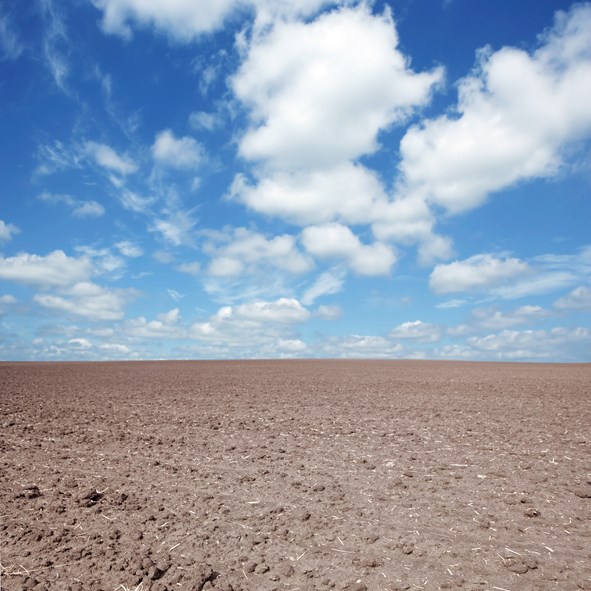HUMBOLDT — Delayed seeding and field flooding are some of the challenges producers around Humboldt will have to adapt to due to climate change, according to a report commissioned by the City of Humboldt.
A UN Intergovernmental Panel on Climate Change (IPCC) report released on Aug. 9, warned climate change was “widespread, rapid, and intensifying, and some trends are now irreversible.”
The report stated that human influence has likely increased the chance of compound extreme events since the 1950s. They have high confidence that this includes increases in the frequency of concurrent heatwaves and droughts on the global scale, and medium confidence for the increase of fire weather in some regions of all inhabited continents as well as compound flooding in some locations.
In 2019, the City of Humboldt hired Eco-West Canada for an environmental survey detailing what the city can expect in coming years from the impacts of climate change.
Joe Day, Humboldt’s city manager, said that in the two years since the report was made, the city has taken steps to both reduce greenhouse gas emissions as well as the impact of the changing climate on municipal infrastructure consistent with recommendations in the report.
“Specifically we are proceeding with significant wastewater upgrades at the lagoon area,” Day said. “We continue to replace our aging water pipe infrastructure to reduce water losses and we continue to encourage the use and utilization of storm retention ponds to minimize the impact of storm events.”
According to the report, assuming no major reductions or increases in greenhouse gas emissions, the City of Humboldt will see a change in winter and spring precipitation of 14mm (11 per cent increase), and full annual change of 27 mm (seven per cent increase).
The average annual temperature will increase in the town by 2.3ËšC, 2.2ËšC in spring, 2.0ËšC in summer, 2.7ËšC in fall and 1.0ËšC in winter.
Annual very hot days (VHD) will increase from 10 to 22 days, with the increased occurrence of nighttime lows of 20ËšC and hotter, exacerbating the situation. At the extreme end, a year may contain as many as 40 days above 30ËšC. Annual very cold days (VCD) will decrease from 16 days per year to seven days per year. There will be an increase in the length of the frost-free season by 18 days on average. In some extreme years the frost-free season may be longer by as many as 43 days, while in others it may be shorter by up to five days.
As a result, the report said agriculture in the region has both opportunities and threats from the changing climate.
The annual frost-free season will increase by 15 per cent, potentially increasing yields and the range of sowable crops. On the other hand, increased cold weather precipitation may lead to delayed seeding and field flooding. With summer VHDs doubling, with a three per cent increase in precipitation, the chance for drought increases as well, as do the associated risks of wildfires.
Significant increases in winter and spring precipitation increase the chance of spring flooding as well as increased needs for snow plowing. Drought may place a strain on potable water infrastructure, requiring adequate water storage and retention. This, combined with high heat conditions in the summers, may increase fire risk, particularly in more rural fringes of the community. Road and building maintenance may be made easier with frost heaving.
Day said this falls back under the importance of th city’s storm water retention and drainage network.
“We are monitoring it, we’ve commissioned reports that we don’t have the results back quite yet about how we can actually facilitate improvements there to minimize and reduce flooding events on private property.”
Chances for drought from essentially unchanged summer precipitation levels with the doubling of VHDs, and the occurrence of tropical nights increase risks to populations vulnerable to extreme temperatures, especially seniors, which comprise 25 per cent of the population, more than the provincial average of 16 per cent.
The information disseminated by the report was sourced from the Prairie Climate Centre’s Climate Atlas. It is provided as a good faith estimation of future climate impacts, which means it was made using the best techniques and data available at the time, but actual results may vary from predictions.




